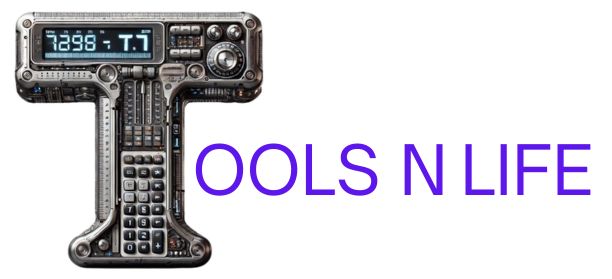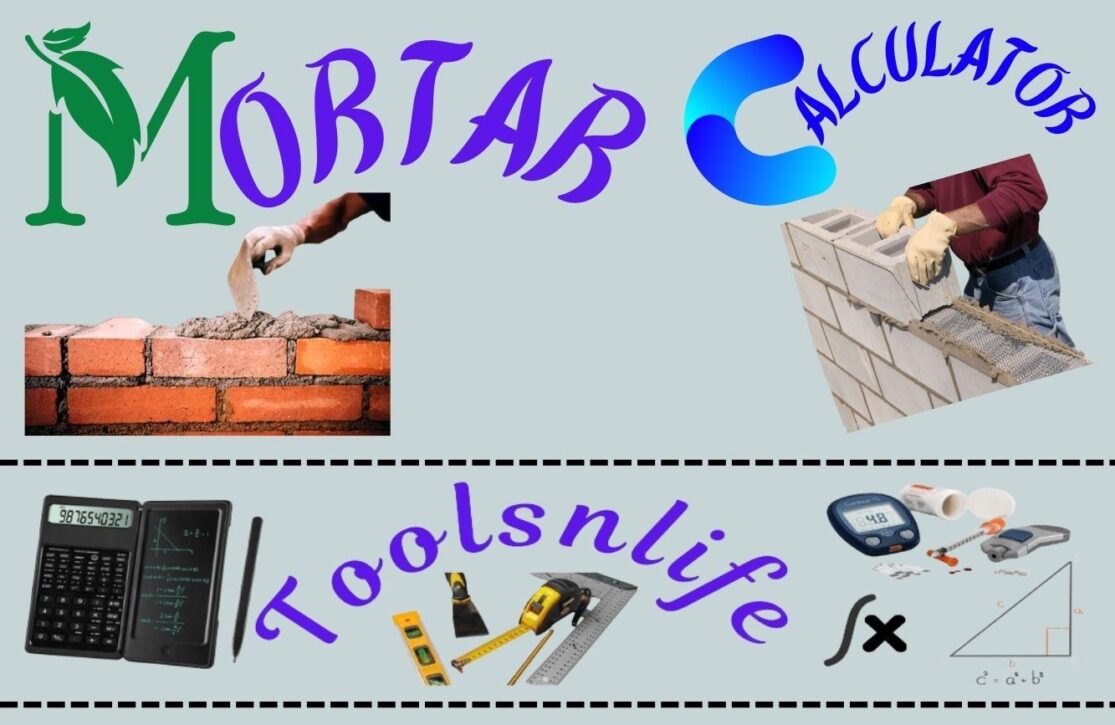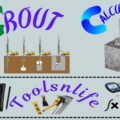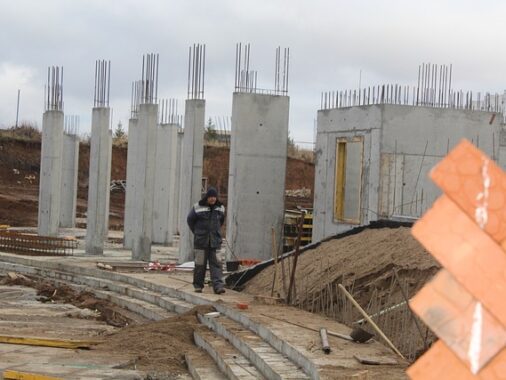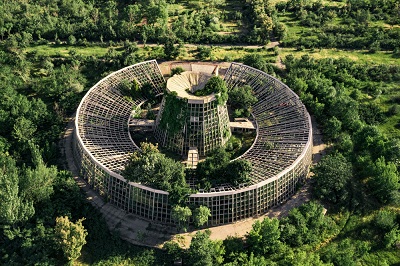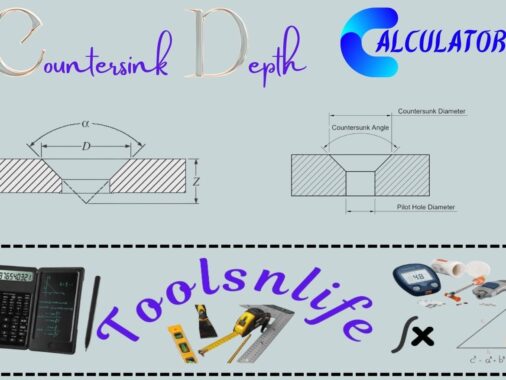How to Use This Mortar Calculator
Our mortar calculator helps you determine exactly how much mortar you’ll need for your bricklaying or blockwork project. Whether you’re a DIY enthusiast tackling a backyard project or a professional contractor planning a large-scale build, accurate mortar estimation saves time, money, and prevents material waste.
- Select your material type – Choose between bricks or concrete blocks
- Enter the quantity – Input the number of units you’ll be laying
- Adjust yield values – Modify based on your specific mortar type and joint thickness
- Calculate weight – Determine the total weight for transportation planning
Understanding Mortar Types and Applications
Not all mortar is created equal. The type of mortar you need depends on your project requirements, climate conditions, and the materials you’re working with. Here’s a quick guide to help you select the right mortar for your project:
| Mortar Type | Best For | Typical Yield (Bricks) | Typical Yield (Blocks) |
|---|---|---|---|
| Type N | General above-grade applications | 35-40 bricks/bag | 10-12 blocks/bag |
| Type S | Below-grade applications, retaining walls | 30-35 bricks/bag | 8-10 blocks/bag |
| Type M | Heavy load-bearing structures | 25-30 bricks/bag | 6-8 blocks/bag |
| Type O | Interior non-load-bearing walls | 40-45 bricks/bag | 12-15 blocks/bag |
Professional Tips for Accurate Mortar Estimation
With over 15 years of masonry experience, I’ve learned that precise mortar calculation involves more than just numbers. Here are some professional insights to ensure your project goes smoothly:
- Account for waste – Always add 10% to your calculated amount for spillage and adjustments
- Consider weather conditions – Hot, dry weather can cause mortar to set faster, potentially increasing waste
- Mix consistency matters – A properly mixed mortar will have better yield than one that’s too wet or dry
- Joint thickness variations – Standard joints are 3/8″, but decorative patterns may require more mortar
- Batch consistency – Mix all your mortar at once for uniform color and strength
Common Mortar Calculation Mistakes to Avoid
Even experienced masons can make estimation errors. Watch out for these common pitfalls:
- Underestimating brick absorption – Porous bricks require more mortar
- Ignoring wall complexity – Corners, openings, and decorative elements increase mortar needs
- Forgetting about mortarboard losses
– Mortar left on mixing boards adds up - Miscalculating reuse potential – Mortar has a limited working time before it becomes unusable
Frequently Asked Questions
Q: How much extra mortar should I buy for waste?
A: For DIY projects, add 15-20% extra. For professional work, 10% is usually sufficient with proper technique.Q: Can I return unused mortar bags?
A: Most retailers accept returns of unopened bags, but check their policy first. Keep your receipts!Q: How does temperature affect mortar usage?
A: Cold weather can reduce yield by 5-10% as mortar tends to stiffen faster. Hot weather may increase usage due to quicker drying.Q: What’s the difference between mortar and concrete?
A: Mortar contains lime making it more workable for bonding units. Concrete has larger aggregate and is designed for structural strength.Project Planning Checklist
- [ ] Calculate mortar needs using our calculator
- [ ] Add 10-15% for waste depending on experience level
- [ ] Check weather forecast for optimal working conditions
- [ ] Ensure proper storage for unused bags (dry, elevated location)
- [ ] Have mixing tools and clean water readily available
- [ ] Plan for disposal of waste mortar responsibly
Remember, accurate mortar calculation is the foundation of a successful masonry project. Our calculator provides a solid starting point, but always consider your specific circumstances and consult with materials suppliers for project-specific advice.
Ready to start your project? Use our mortar calculator above to get precise estimates, and don’t hesitate to reach out if you have specific questions about your unique project requirements. Happy building!
Visual Guide: Mortar Application Techniques
The illustration above demonstrates proper mortar application for both brick and block construction. Notice how the mortar is consistently applied between units, creating strong bonds while maintaining structural integrity.
- Brick laying requires thinner mortar joints (typically 3/8″)
- Block work uses thicker joints (typically 3/8″ to 1/2″)
- Consistent application ensures even weight distribution
- Proper tooling creates weather-resistant joints
Advanced Calculation: Accounting for Openings and Corners
For more complex projects with windows, doors, or multiple corners, use these advanced calculation techniques:
- Subtract openings – Calculate the area of windows and doors, then subtract from total wall area
- Add corner premium – Corners typically require 5-10% more mortar due to cutting and fitting
- Consider wall height – Taller walls may require slightly more mortar for vertical joints
- Pattern complexity – Decorative patterns like herringbone use 15-25% more mortar than running bond
Seasonal Considerations for Mortar Projects
Weather significantly impacts mortar performance and usage. Here’s what to consider during different seasons:
- Spring/Fall (ideal) – Moderate temperatures provide optimal working conditions
- Summer – Work in early morning or evening to avoid rapid drying
- Winter – Use mortar additives and heated water when temperatures drop below 40°F
- Rainy conditions – Protect fresh mortar with waterproof coverings
About the Author: John Richardson is a master mason with over 15 years of experience in residential and commercial construction. He specializes in traditional bricklaying techniques and modern masonry solutions, having worked on projects ranging from historical restorations to contemporary architectural designs.
Ready to start your masonry project? Use our mortar calculator above to get precise estimates tailored to your specific needs. For large projects or unique circumstances, consider consulting with a professional mason to ensure optimal results. Don’t forget to bookmark this page for future reference!
